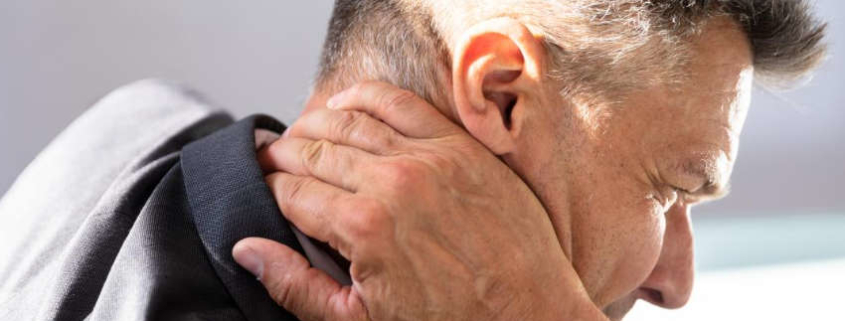Cervicogenic Headaches
“Osteopathy is based on the perfection of Nature’s work. When all parts of the human body are in line we have health. The work of the osteopath is to adjust the body from the abnormal and health is the result of the normal condition.“ Dr.A.T. Still M.D.
There is nothing quite like a headache to ruin one’s day. Depending on the severity of symptoms, they can be highly debilitating. There arevarious types one can suffer from, one of them being a “cervicogenic headache” which means “from the neck.” These “headaches”have nothing to do with the head itself, but rather occur because of referred pain from irritated muscles, joints, or nerves.
If you are experiencing a cervicogenic headache you may experience some or all of the following symptoms: a constant dull or piercing pain on one side of the head, face, or forehead specifically on the brow line or above the brow or jaw line (sometimes both sides). This can often be described as a feeling of a tight band or dull ache around the head or behind the eye(s).The pain may start on one side of the back of the head and move forward towards the forehead. Stiffness and/or restricted neck range of motion and tenderness of the upper three neck (cervical spine) joints. With a cervicogenic headache, pain will often start of in the neck region first, whereas it normally starts in the headwith migraines and tension-type headache sufferers. Cervicogenic headaches are side-specific and do not fluctuate from side to side like a migraine headache can.
Cervicogenic headaches can be aggravated by neck motions, poor posture, coughing and sneezing. During certain movements, or through bad posture, force is applied to the joints, muscles, ligaments, and nerves in the neck, resulting in a headache. This can happen from an isolated event or gradually causing tissue damage and pain. Arthritis can also be a contributing factor. Pain usually starts after an abrupt neck movement. Some risk factors for cervicogenic headaches include occupational repetitive neck motions, stress, upper chest breathing, recurrent/repetitive daily stressors, front or poor sleeping position, poor posture, previous neck injuries including whiplash, and sports injuries. Often there is more than one reason, and typically tight neck muscles will be involved in some way. Tension in the muscles supporting the neck tends to build slowly during the day possibly because of stress or bad posture. This increase in tension causes the symptoms of a headache to slowly build.
Cervicogenic headaches can be relatively short lived, but may become more persistent over time. Pain can last anything from a few hours to days. Cervicogenic headaches are one-sided and refer to the head and or face from multiple structures in the upper neck (cervical spine C1, C2, and C3). This may include the joints, disc, ligaments, and musculature. The primary difference is that a migraine headache is rooted in the brain, and a cervicogenic headache is rooted in the cervical spine (neck) or base of the skull region. Cervicogenic headaches can mimic symptoms like migraines including light sensitivity, blurred vision, nausea, and sensitivity to sound.
Osteopaths treat cervicogenic headaches by focusing on manipulative techniques, such as subtle spinal release, myofascial release, massage, cranial osteopathy, and gentle manipulation of the neck and upper back when appropriate. The aim of this is to improve cervical mobility and encourage better posture, which should help to remove the factors contributing to these kinds of headaches. By addressing tight muscles, postural imbalances, and joint dysfunctions, an osteopath aims to have a material impact on the pain.Osteopathic treatment can help with managing pain and tension. If you need help with headaches, consult your local Osteopath for some welcome relief in this regard.
View a list of common complains that Osteopathy can assist with
Discovery the benefits of Osteopathy
- What is Osteopathy?
- Adult health issues
- Babies and Children
- During and after pregnancy
- Common Complaints
- Testimonials
- Sports Injuries
- Genral Osteopathy FAQs
- The Science & Reasearch



